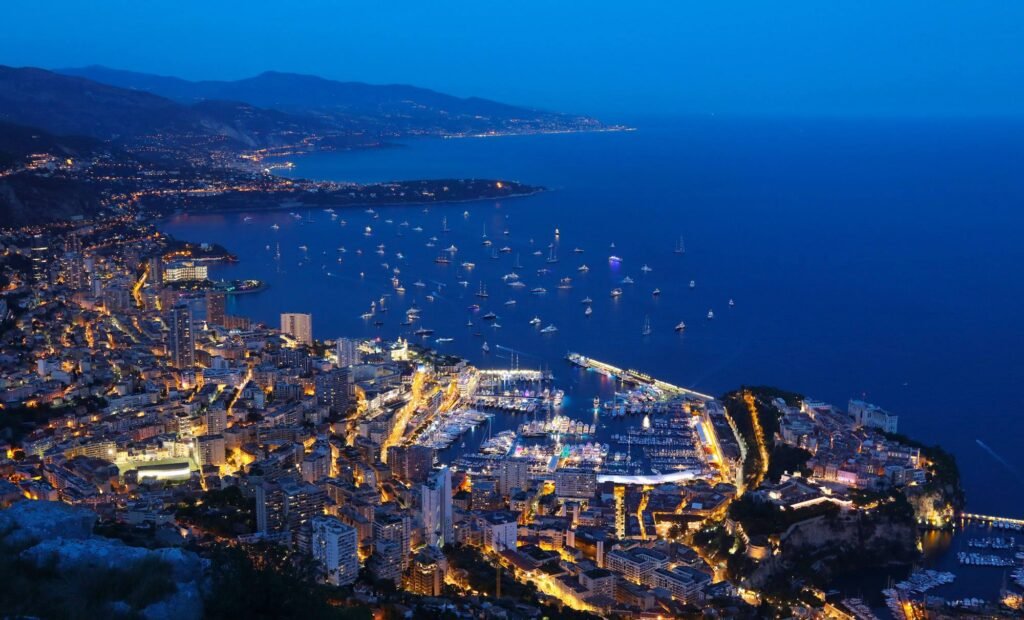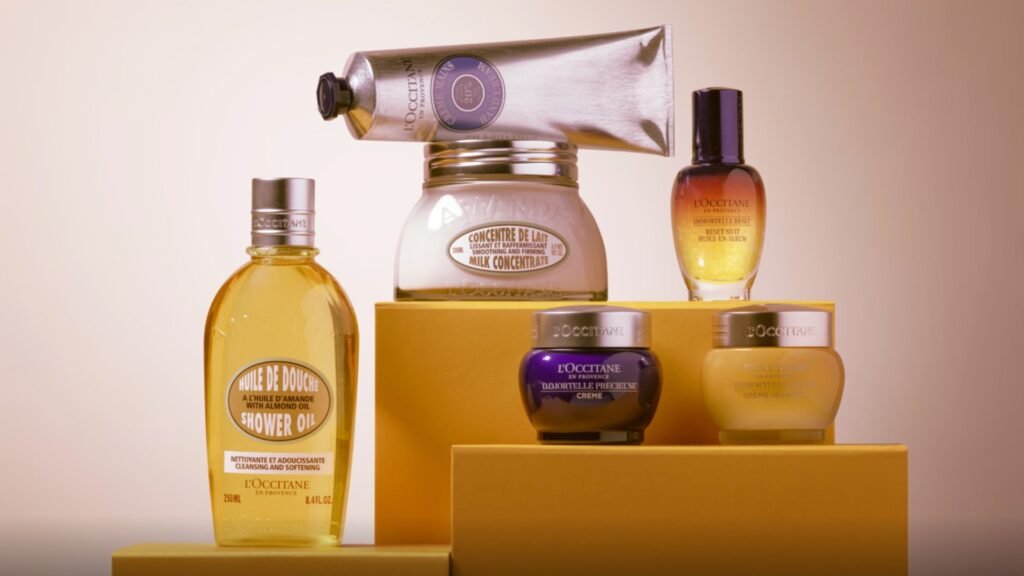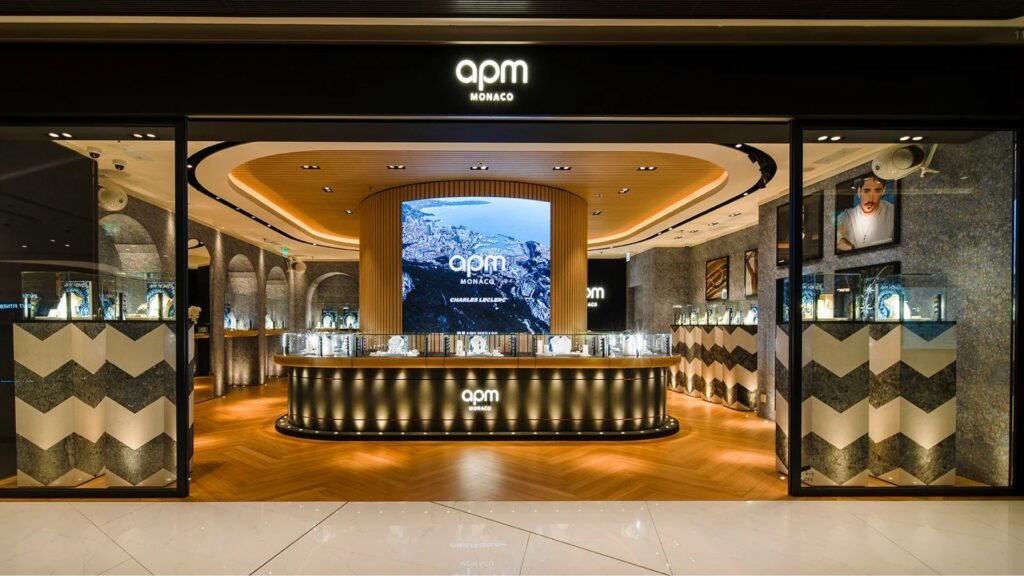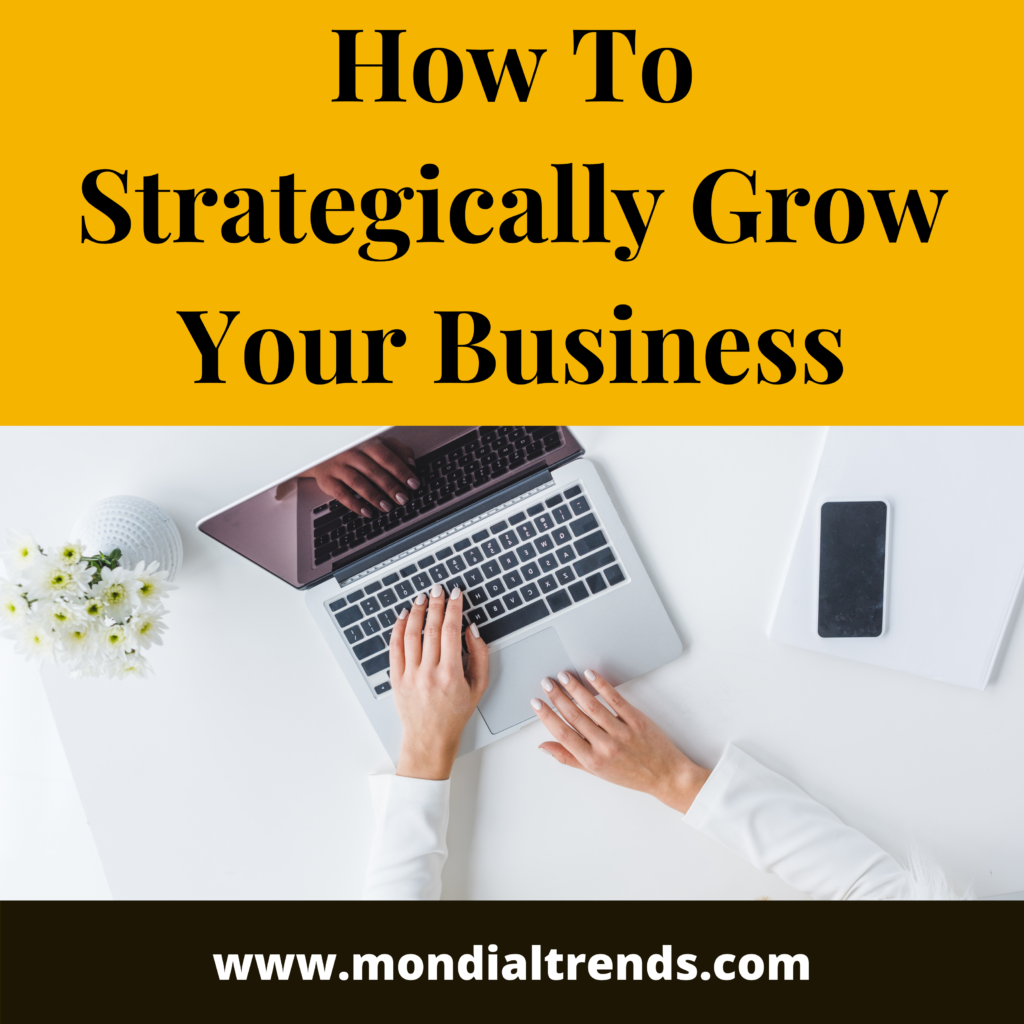How To Attract Clients With An Irresistible Unique Value Proposition
If you are struggling to attract clients/customers to your business or perhaps trying to figure out how to create a compelling unique value proposition to help you stand out in a crowded marketplace? Then, it’s time to take a hard look at your brand positioning statement. This is a crucial aspect of your brand messaging that needs to be clear and effective so that your ideal clients/customers will immediately understand that you offer what they need if you want them to choose your solution.
Creating a clear and compelling value proposition not only helps to attract clients/customers to your business, it makes it a lot easier to sell your product or service and also positions your brand in such a way that consumers are able to connect with your brand, bearing in mind that it is almost impossible to make everyone happy. It’s bad marketing to even try. By its very nature, marketing is all about targeting the right clients/customer for your product or service.
What is a Value Proposition?
A value proposition goes way beyond describing your services, it is a statement of promise to the customer/clients. This promise of value is the main reason why they will choose you.
This is an essential aspect of your brand positioning strategy, and no it is not a tagline or slogan, although it is similar in nature, but at its core, it is very different. A value proposition is a clear message to your ideal clients/customers focusing on the promise you deliver. If it’s difficult for your audience to grasp your product offering, It means you’re doing it wrong also if they have to spend a lot of time trying to understand your offer, you’re definitely doing it wrong.
According to a process described by the Harvard Business School, when crafting a unique value proposition, you should be able to answer these three simple questions:
1. Who are your customers?
2. What needs are you meeting for those clients/customers?
3. What is the benefit for those clients/customers?
If you can successfully answer those questions, you’re on the right path. Crafting an irresistible unique value proposition statement can sometimes be challenging, but you’re not alone, even seasoned marketers have trouble with it because there is so much confusion about what makes a value proposition effective — including how to find one in the first place as described by Marketing Experiments.
How to Create an Irresistible Value Proposition
Businesses that outperform peers are laser-focused on differentiating themselves to stand out in a crowded market with the unique value they provide. When done right, a clear irresistible value proposition helps with your growth strategy.
Whilst there is no right or wrong way to create a value proposition, the best way to go about it is to make sure what you are trying to articulate is clear to your target audience. Here is a simple method to help you start the process.
This is usually a block of text which includes a headline, a sub-headline, features/benefits, and a visual image that reinforces your message.
1. Headline – This is the main element of your offering in a simple short and sweet sentence. It should grab the attention of your audience in a matter of seconds.
2. Subheadline – Use this to highlight who your offering is for and why.
3. 2-3 Benefits – List a few features that solve the problem to improve trust and confidence in your brand.
4. Visual Image – Strategically use an image to reinforce your message.
The key to creating an irresistible value proposition is really doing the research to better understand your clients/customers and competitors. You need to make sure the statement you’ve developed hasn’t been used by your competitors. Your message should directly speak to your prospects and demonstrate why they should choose you over your competitors. In the end, it either makes the closing of a sale easy or you lose customers to the competition.
Value Proposition Templates
Now check out some handpicked templates which could help you start the process of creating an irresistible unique value proposition for your brand. When done right, it will put your business on the path to attracting your desired target market and growing your business.
The Steve Blank Method
The Steve Blank method focuses on the benefits rather than the features in a simple sentence. It helps you connect directly to your ideal target market and the pain points with your solution.
“We help (X) do (Y) by doing (Z)”
Here’s an example from UBER:
“We ignite opportunity by setting the world in motion”
Another example from LINKEDIN:
“Connect the world’s professionals to make them more productive and successful”
Harvard Business School Method
HBS argues that a value proposition targets customers who are actively looking for solutions to solve their challenges as they are underserved. This category of customers want an enhanced product or service and are willing to pay a premium for it.
To craft and execute targeted marketing to improve your unique value proposition in the eyes of this market segment? you may need to answer the following questions:
- What is my brand offering?
- What job does the customer hire my brand to do?
- What other companies and products compete with my brand to solve the customer’s problem?
- What differentiates my brand from competitors?
Here’s an example from DISNEY:
“To entertain, inform, and inspire people around the globe through the power of unparalleled storytelling, reflecting the iconic brands, creative minds, and innovative technologies that make ours the world’s premier entertainment company”
Geoff Moore Method
The Moore method, as described in his book Crossing the Chasm focuses more on identifying a specific segment, the industry categories, and the perceived benefits to the customers. This makes a more clear value proposition formula as follows:
“For [target customer] who [needs or wants X], our [Product] is [category of industry] that [benefits]”
Here’s an example:
“For non-technical marketers who struggle to find return on investment in
social media our product is a web-based analytics software that translates
engagement metrics into actionable revenue metrics.”
Dave McClure’s Elevator Ride
This is my personal favorite value proposition statement approach. Dave McClure suggests following a three-step checklist:
- Keep it short, simple, memorable: what, how, why.
- Use three keywords or phrases.
- Keep it simple, stupid (also known as KISS).
Here’s an example:
“Mint.com is the free, easy way to manage your money online”
So, now that you’ve seen some real-life examples from successful brands, how about you try out these tactics and start crafting some brilliant value proposition you have in mind for your brand.
Here’s another explanation by Mike Innes where he describes 7 steps to develop your customer Value Proposition.
Check Out These 5 Examples of Great Value Propositions To Get Inspired By:
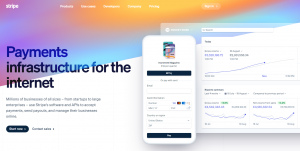
- The brand is clear on its value proposition, it clearly states what it is and who its for.
- They also have a sub-headline specifying the benefits.
- It also reinforces its value proposition with a relevant visual image.
2. Notion
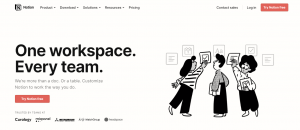
- Notion provided succinct explanations of what it’s for, the benefit of keeping you organized and easy for the team.
- Key features and benefits in the subheadline to show how easy it is to use.
- Relevant image to show potential customers what Notion can do for them.
3. Zapier

- Zapier highlights the main feature of their product and how it’s of great benefit to their target audience.
- The subheadline describes the features and how great it is for busy professionals who use several apps every day and want an easy way of connecting all the information in one app.
- It adds value by helping busy professionals work more efficiently.
- Relevant image.
4. Skillshare

- Skillshare’s value proposition shows how it attracts people who are looking to learn and explore their passions.
- The subheadline is clear allows customers to immediately jump in and start using the product.
- It also reinforces what it does with the relevant visual images.
5. Mailchimp
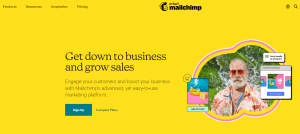
- Mailchimp is very what it does.
- Different specific lead benefits.
- Relevant images that support its messages
These are all great examples to inspire you to create a compelling unique value proposition to start attracting your ideal clients/customers, but if you think you can’t do it alone, then don’t waste any more time, book a strategy session with one of our strategist at Mondial Trends today to create an irresistible unique value proposition and increase clients/customers conversion!

